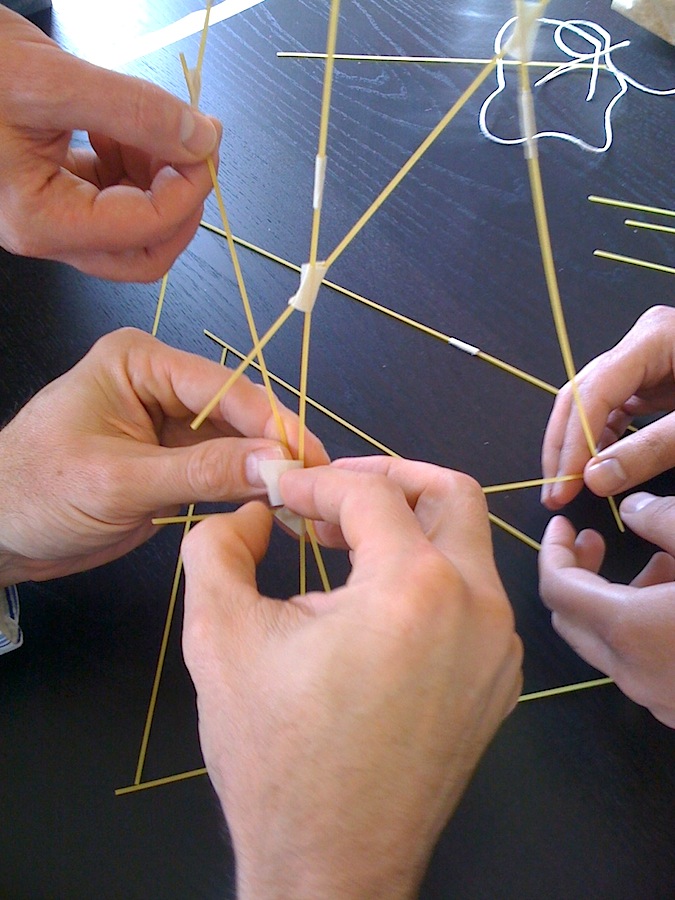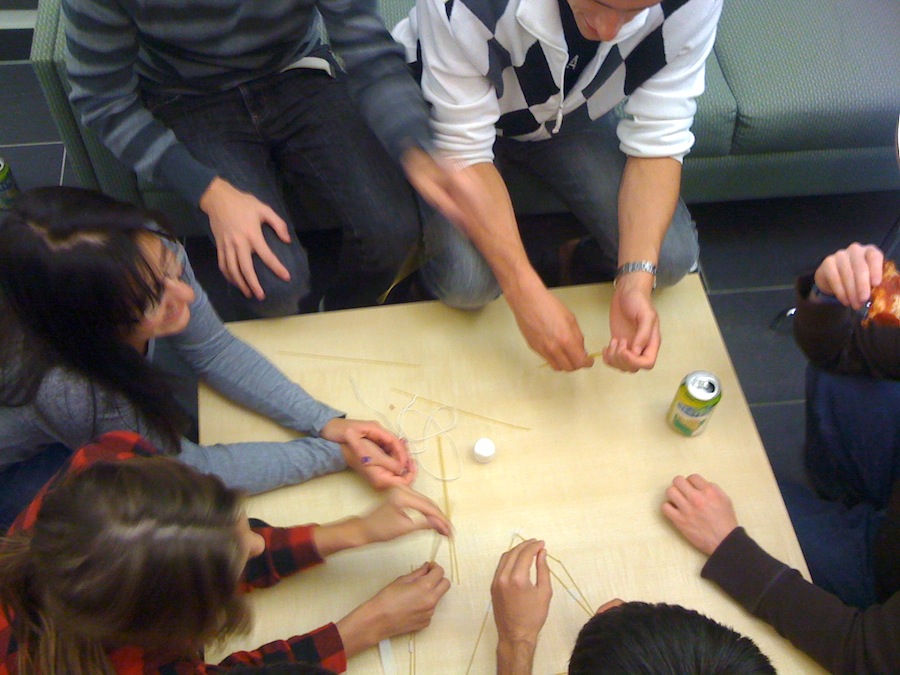I mentioned code-based prototypes a few weeks back. Here’s a related observation.
I like to put realistic-looking content into my higher-fidelity prototypes. The main reason for my preference is that, in many cases, a design can’t be effectively evaluated if it doesn’t present realistic data and/or information. You need to see how the design handles the real thing.
When I was at Karos Health, I regularly used the names of jazz musicians to create fake patient data that was used in various design prototypes. I did it for two reasons, the first being my preference for realistic data and/or information.
The second is more subtle: while the names looked realistic, anyone who recognized a name like Miles Davis or Louis Armstrong would realize that what was being shown wasn’t real real patient data. That was an important consideration in health care, where patient privacy is a critical concern. One of my favourite moments came when someone viewing a prototype noticed that a birthday shown for Miles Davis was correct. (In fact, all the birthdays were correct.) The attention to detail made an impression!





